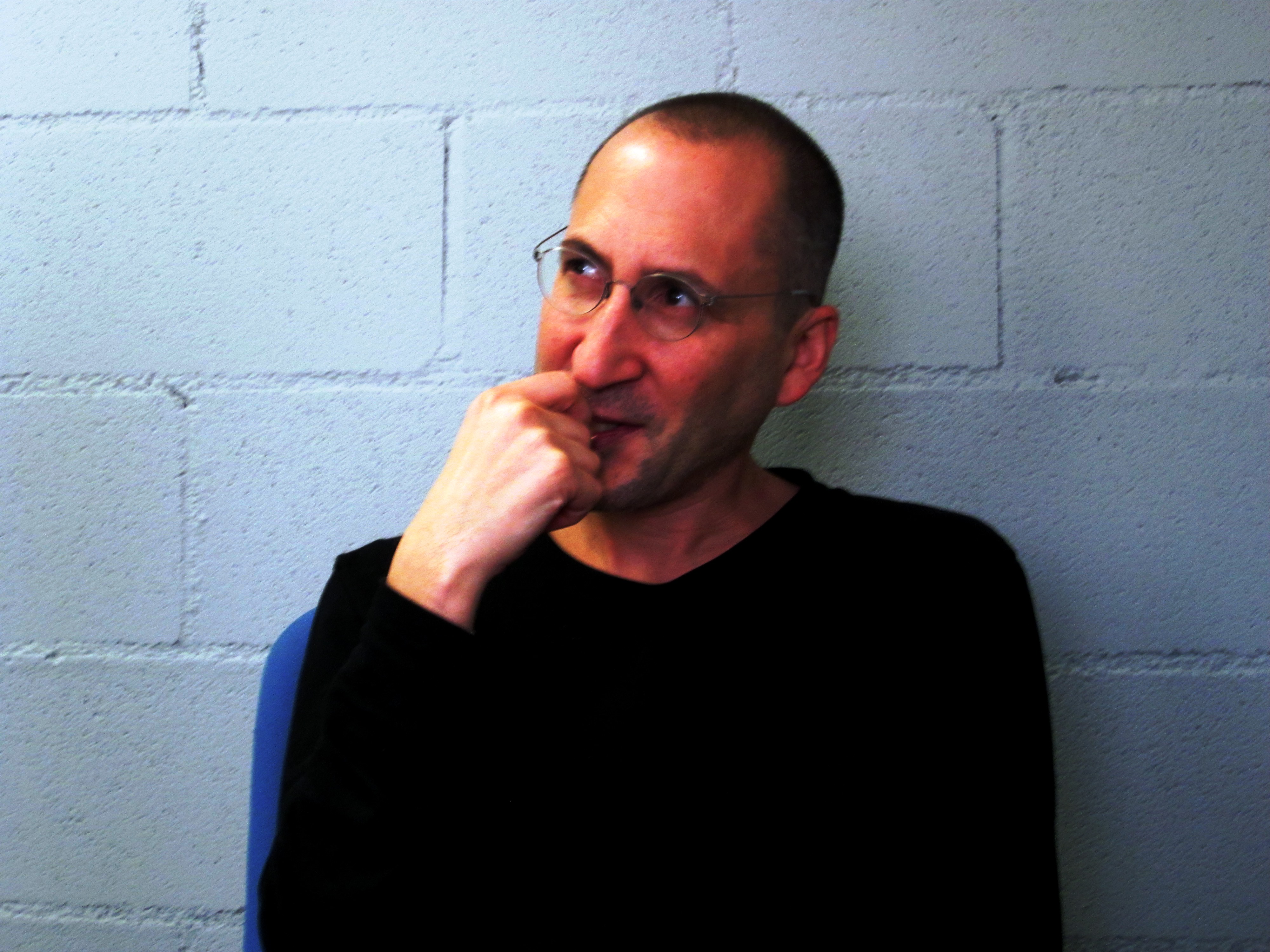Canadian artist Chris Salter is renowned for his risky proposals that let those attending the performances play a part and leave their own mark on the work. An example of this is his latest work, Ilinx, presented in the Netherlands. He took part in the Art Matters 2014 conference held in Barcelona last December. In this interview, he talks about his experience with science and technology in the field of the arts.
How many different forms can we find your art represented in?
As ideas can materialize in different ways, I try to choose the best format for each work to transmit these ideas. Some ideas are books because I think that is the best way to capture them and, in turn, at other times, they come from immersive sensory experiences, involving all five senses. We even talk about art at conferences, an art made to be listened to.
Where does the inspiration for your artistic proposals come from?
It is a very expansive production process. It is a way of working that requires starting with many ideas on the table and, obviously, this requires more time than a scientific process. Although it depends on the artist, this process starts without focusing on anything and without searching for any specific answers.
What kind of relationship do you think there is between the different forms of artistic expression?
Well, they relate in terms of that which provokes them. In other words, sometimes different forms of expression look to transmit the same idea or provoke similar sensations. Likewise, we can sometimes talk about the same social or historical contexts in which different forms of expression coincide.
With such blurred boundaries between art and other fields of knowledge, like science or architecture, etc., how do you tackle your work?
The truth is that I don't work alone. I'm influenced by the work of others. This is how it should be in art, that it be influenced by other disciplines. All the fields come together, but the final result does not necessarily belong to any of these particular fields. When I work, I look to highlight how we need different fields of knowledge in order to tackle and explain certain complex questions.
During the 20th century, well-known artists produced proposals where the audience was no longer a passive onlooker. Where do you think the key is to this evolution from the transformative artist to the transformative audience?
Transformative visual art has a history because, despite many thinking that it began with people like those you mention, in fact it began in the 19th century. Lazar Lissitzky was already proposing works at the start of the 20th century with audience participation and where we could learn about human behaviour in certain situations. All of this isn't new. Art, once again, like in the 1960s, is a platform for experimentation, not just observation.
Over recent years you have travelled the world showing your artistic proposals. Have you seen different ways of reacting to or interacting with your works depending on the country you have been in?
Yes, absolutely. Chinese audiences, for example, are very different from American audiences. Within Europe itself, I've seen differences too. Some of the projects saw lots of participation in France and Greece, whereas the Austrian audiences were fairly timid. We see art as something universal, but in truth it isn't.
In one of your talks at the Art Matters conference you said that the influence of drugs in your work. In general terms, how would you describe the relationship between drugs and art?
Drugs are a way of changing the chemical responses in the brain and body. Some stimulants change your perceptions of reality and drugs are just one of the ways we can alter our body. There are also many other ways, such as tattooing, piercing or even music.
Is music a drug?
I wouldn't say that music affects you chemically, but it can alter your response to certain sensations or feelings. What is really interesting is the changes in these perceptions. Many anthropologists wonder about the difference between drugs and other ways of affecting our responses. It is an interesting question, but what I mean is that we are not just talking about drugs.

